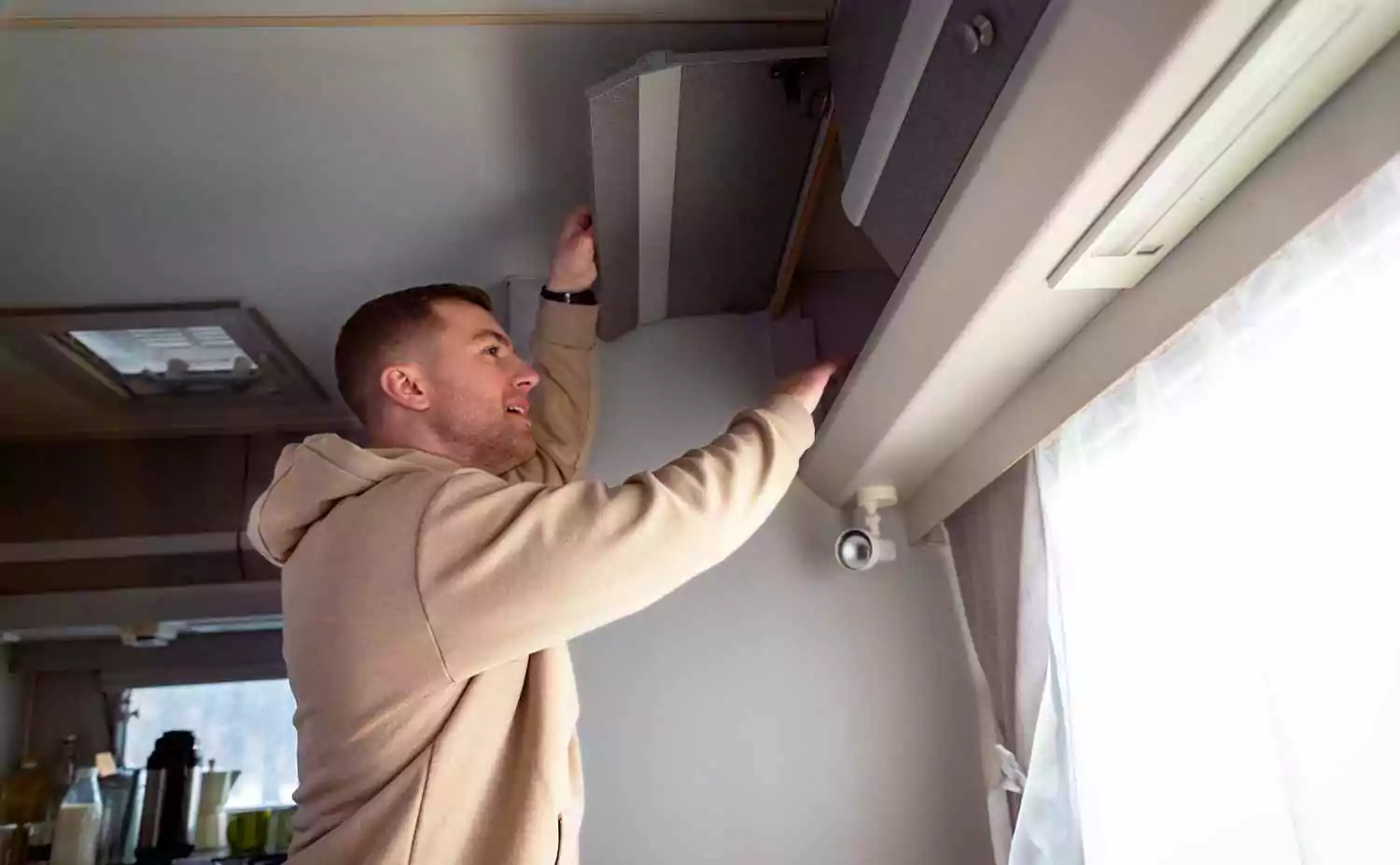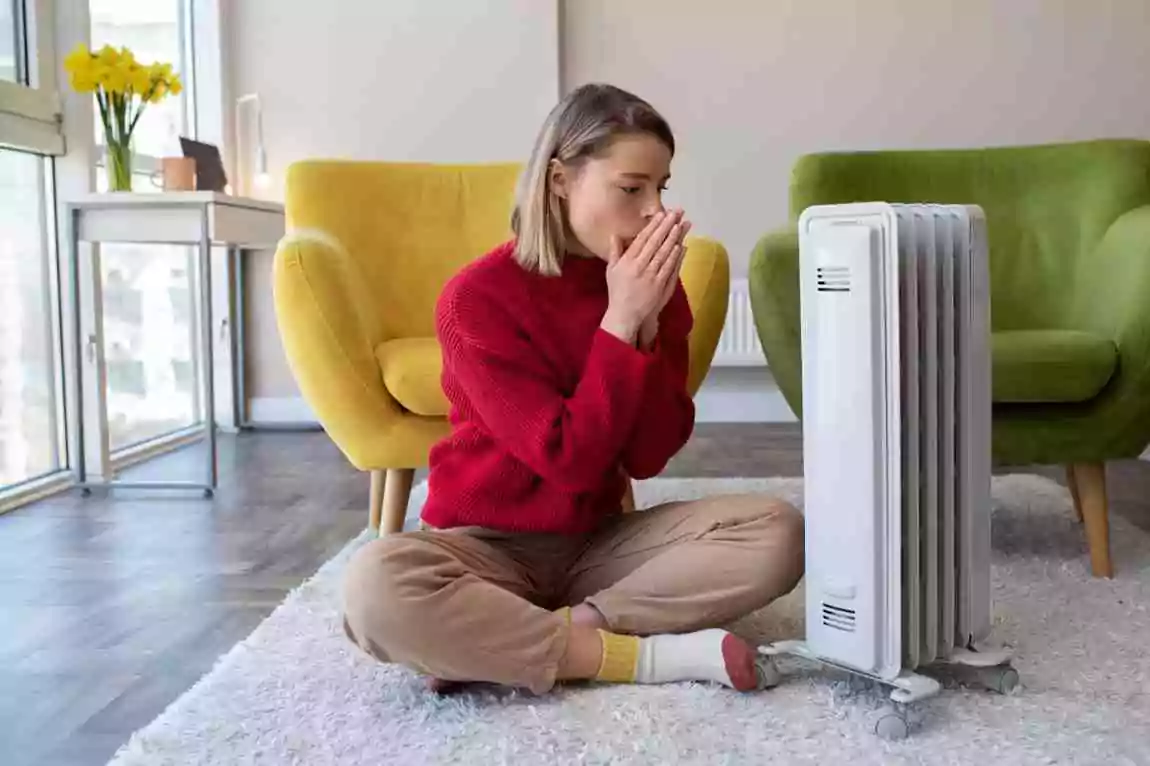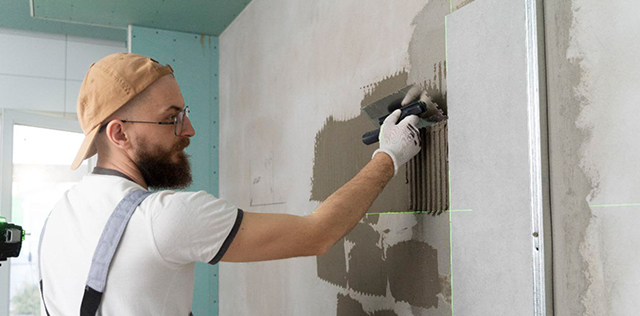Indoor Air Quality Testing: Why It Matters and How to Get It Right
- 20 June, 2025

In today’s fast-paced world, most people spend nearly 90% of their time indoors, whether at home, in the office, or in other indoor environments. Despite this, indoor air often receives less attention than outdoor pollution, even though it can be significantly more harmful.
Indoor air quality testing plays a critical role in identifying and mitigating indoor pollutants that can have long-term impacts on health, comfort, and productivity. With the increasing incidence of respiratory conditions and heightened awareness about wellness, more homeowners, businesses, and institutions are prioritizing indoor air testing.
This comprehensive blog explains the importance of checking air quality, the types of pollutants involved, testing methods, interpretation of results, and how organizations and labs can support this essential need.
What Is Indoor Air Quality?
Indoor Air Quality (IAQ) refers to the quality of air within buildings and structures... health, comfort, and productivity.
Why Indoor Air Quality Testing is Essential?
- Early Detection of Health Hazards – Indoor air quality testing detects harmful elements before they cause irreversible health damage.
- Compliance with Safety Standards – Ensures adherence to guidelines by CPCB, BIS, WHO, and ASHRAE.
- Preventive Maintenance – Identifies pollutants early to reduce remediation costs.
- Improved Indoor Productivity – Positively impacts concentration and reduces absenteeism.
Primary Sources of Indoor Air Pollution
- Combustion activities: gas stoves, tobacco smoke
- Building materials and furnishings
- Poor ventilation
- Biological agents
- Cleaning and cosmetic products
Types of Indoor Air Quality Tests
- VOC Testing
- Mold Testing
- Particulate Matter (PM2.5 and PM10) Testing
- Radon and Carbon Monoxide Testing
- Humidity and Temperature Control
DIY Testing vs. Professional Testing Services
DIY Home Air Quality Test Kits
Advantages:
- Cost-effective and accessible
- Convenient for quick screening
Limitations:
- Results may not be comprehensive
- Not suitable for legal or regulatory documentation
Professional Indoor Air Testing
Advantages:
- Accurate, certified analysis
- Tailored recommendations
- Compliant with regulatory frameworks
Limitations:
- Higher cost
- Takes longer for results and analysis
How to Prepare for an Indoor Air Quality Test?
- Avoid cleaning or ventilating excessively before the test
- Note odors, symptoms, or mold growth
- Identify problem zones
- Ensure HVAC access
Interpreting Indoor Air Quality Test Results
| Parameter | Safe Range | Action If Unsafe |
|---|---|---|
| CO2 | <1000 ppm | Improve ventilation |
| VOCs | < 0.5 mg/m³ | Reduce the source and ventilate |
| PM2.5 | < 35 µg/m³ | Use HEPA filters |
| Humidity | 30-50% | Adjust the humidifier/dehumidifier |
| Radon | <4pCi/L | Install a radon mitigation system |
| Formaldehyde | < 0.1 ppm | Replace emitting materials |
Improving Indoor Air Quality
- Install air purifiers with HEPA and activated carbon filters
- Increase natural ventilation
- Clean and replace HVAC filters
- Use non-toxic, low-VOC products
- Control humidity
- Maintain and remediate mold-prone areas
Indoor Air Quality in India: A Worsening Scenario
Cities like Delhi, Mumbai, and Bengaluru show high PM2.5 and VOC levels... testing to mitigate risks and improve well-being.
Frequency of Air Quality Testing
| Parameter | Safe Range |
|---|---|
| Homes | Once a year or after renovation |
| Offices | Every 6 - 12 months |
| Hospitals | Bi-annually or quarterly |
| Educational Institutions | Every academic term |
| Industrial/Manufacturing | Quarterly or as per CPCB norms |
How Equinox Labs Can Help You Breathe Better?
Equinox Labs specializes in advanced indoor air quality testing services... ensuring a safer environment for employees and customers alike.
Conclusion
Indoor air quality testing is essential... ensuring good indoor air quality is not just a precaution; it is a fundamental responsibility.
FAQs
1. How do I know if I need an indoor air quality test?
If you're experiencing frequent allergies, breathing issues, or musty odors... An indoor air test helps identify hidden pollutants.
2. What does an indoor air quality test check for?
Tests measure pollutants like PM2.5, VOCs, CO, CO₂, formaldehyde, humidity, and mold spores... The goal is to detect harmful contaminants.
3. How often should I test my indoor air quality?
Experts recommend testing once every 6 to 12 months... Seasonal changes can also influence air quality.
4. Can indoor air pollution affect my health even if I don’t feel sick?
Yes. Long-term exposure to poor indoor air can lead to chronic respiratory diseases... early testing critical for prevention.
Related Blogs
The Impact of Climate Change on India's Agriculture and Food Security
- 23 September, 2024













